- Size
- Smallest
- Small
- Small to Medium
- Medium
- Large
- Giant
- Characteristics
- Smartest
- Hypoallergenic
- Fluffy
- Best Guard
- Best Family
- Best for Kids
- Low Shedding
- Healthiest
- Police Dogs
- Most Calm
- Quietest
- Color
- White
- Black
- Grey
- Brown
- Blue
- Red
- Coat
- Hairless
- Short
- Long
- Origin
- Japan
- China
- Australia
- Germany
- Italy
- United States
- France
- Group
- Hound
- Terrier
- Herding
- Toy
- Working
- Sporting
The Place Command: Teach Your Dog to Go to Their Place
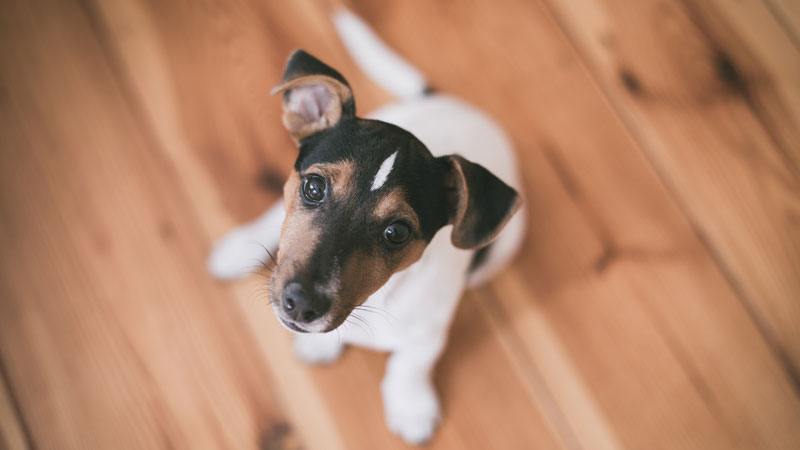
Photo by Margo Brodowicz on Unsplash
Teaching your dog to go to their designated place or spot is a valuable skill that fosters a sense of calm and provides you with some much-needed peace. Whether it's a bed, crate, or mat, this behavior, commonly known as the "go to your place" cue, is not just a trick but a practical tool to manage your dog's behavior and give both of you some space.
Why 'Place' Command Is Beneficial
Imagine having dinner without your dog constantly vying for your attention or entertaining guests without your furry friend underfoot. The 'go to your place' command grants you uninterrupted time, ensuring your dog stays where you want them and engages in appropriate behavior.
Moreover, it's an excellent strategy to tackle unwanted behaviors like jumping on guests or begging for food. Rather than constantly correcting these behaviors, redirect your dog's response by asking them to settle in their designated area. This proactive approach helps in maintaining a harmonious environment.
Making 'Place' Appealing
It's crucial to associate your dog's designated spot with positivity. Utilize positive training methods and high-value treats to make their place a rewarding and comfortable area. Consider offering special toys or treats exclusively in this spot, fostering a positive association and making it their cherished place of relaxation.
Training Steps for 'Place' Command
Before initiating training for the 'place' command, ensure your dog is familiar with lying down and responding to a release word. The objective is to teach your dog to remain in their designated spot until given permission to leave.
Follow these steps:
1. Introducing the Spot
Start by showing your dog the designated area and rewarding any interest or interaction with it, such as sniffing or standing on it. You can use treats to guide them onto the spot. Reward them for staying there.
2. Shaping the Behavior
Encourage your dog to place all four paws on the spot. If needed, guide them fully onto it. Introduce your release word after placing the dog on the spot, but avoid rewarding when they leave.
3. Adding the Down Command
Once your dog is on the spot, guide them into a lying-down position before rewarding. You can also use verbal or hand signals to prompt them to lie down.
4. Increasing Duration
Gradually extend the time your dog remains in their spot before rewarding. Work on one aspect of training at a time to avoid overwhelming your dog.
5. Adding Distance and Distractions
Gradually increase the distance from which you send your dog to their spot. Introduce distractions gradually to ensure they remain focused.
6. Adding the Cue
Once your dog understands the behavior in different scenarios, introduce a cue such as "Place" or "Mat" to associate it with the action.
Remember, each dog learns at its own pace. If your dog faces challenges, go back a step and practice more before advancing. Train in various rooms to help generalize the behavior. Soon enough, you'll have a reliable way to keep your dog settled and content in their own designated space.
You May Also Like
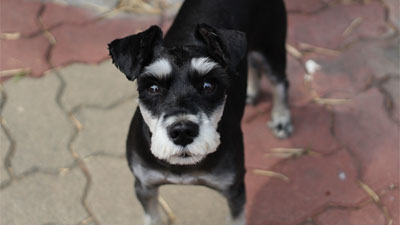 Dog Training TipsHow To Train Your Dog To Eye Contact
Dog Training TipsHow To Train Your Dog To Eye Contact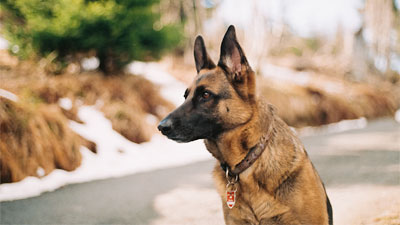 Help & AdviceWhy Won't My Dog Learn To "Stand" Command?
Help & AdviceWhy Won't My Dog Learn To "Stand" Command?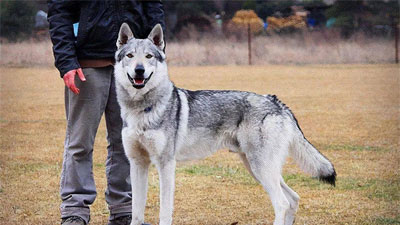 Dog Training TipsThe 'Stand' Command: A Crucial Yet Overlooked Training Cue
Dog Training TipsThe 'Stand' Command: A Crucial Yet Overlooked Training Cue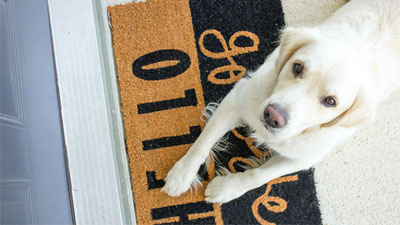 Dog Training TipsThe 'Wait' Command: Teaching Your Dog Patience and Discipline
Dog Training TipsThe 'Wait' Command: Teaching Your Dog Patience and Discipline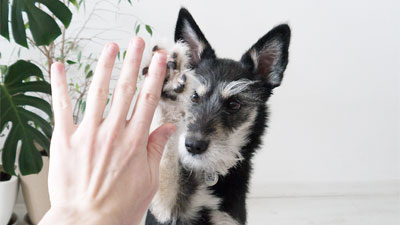 Dog Training TipsDog Tricks: Teach Your Dog to High Five
Dog Training TipsDog Tricks: Teach Your Dog to High Five Dog Training TipsTeaching Your Dog to Wave Goodbye: A Step-by-Step Guide
Dog Training TipsTeaching Your Dog to Wave Goodbye: A Step-by-Step Guide